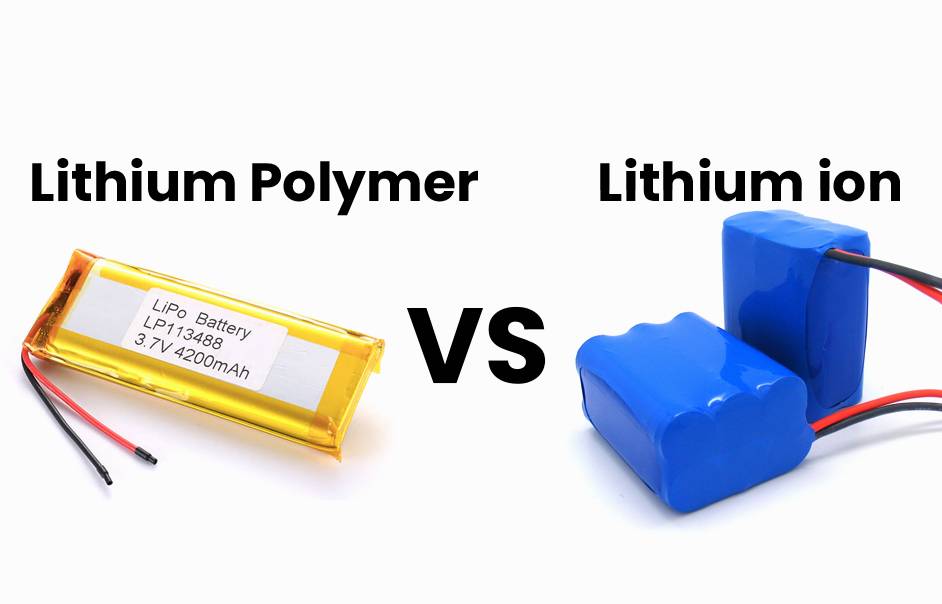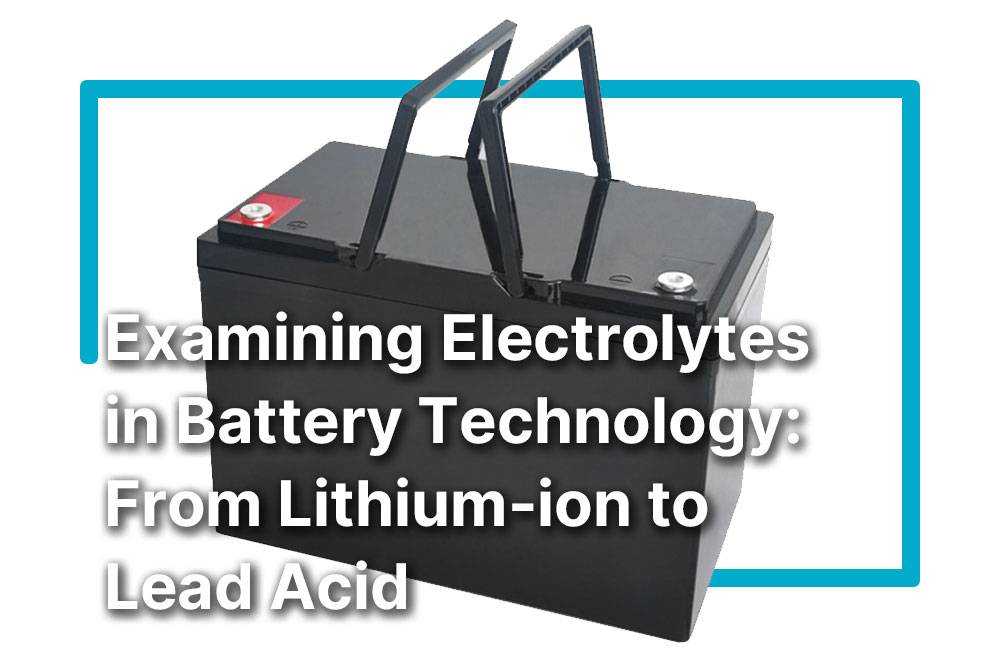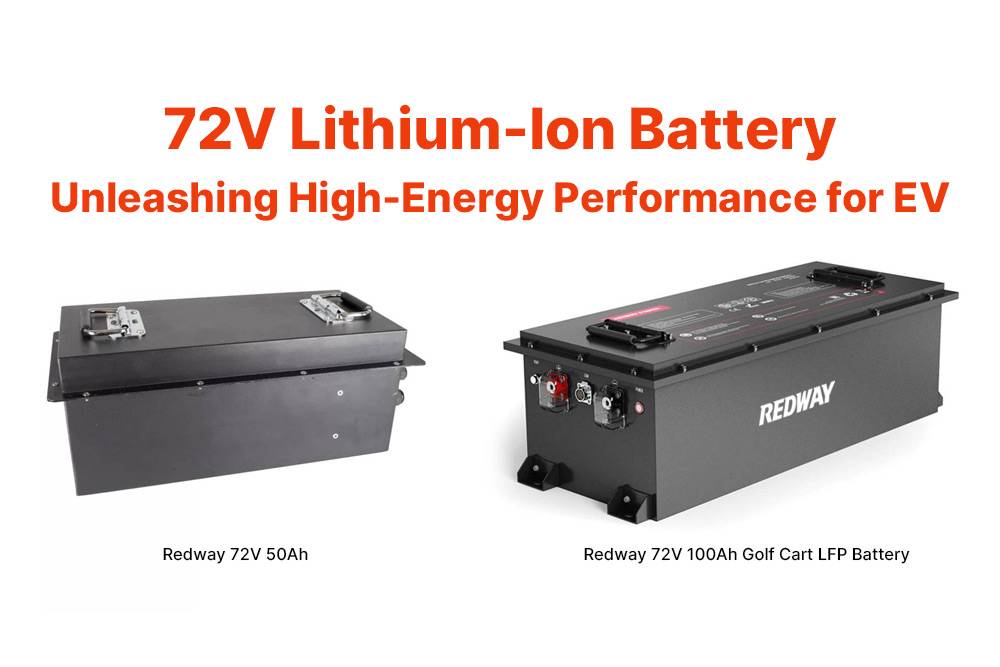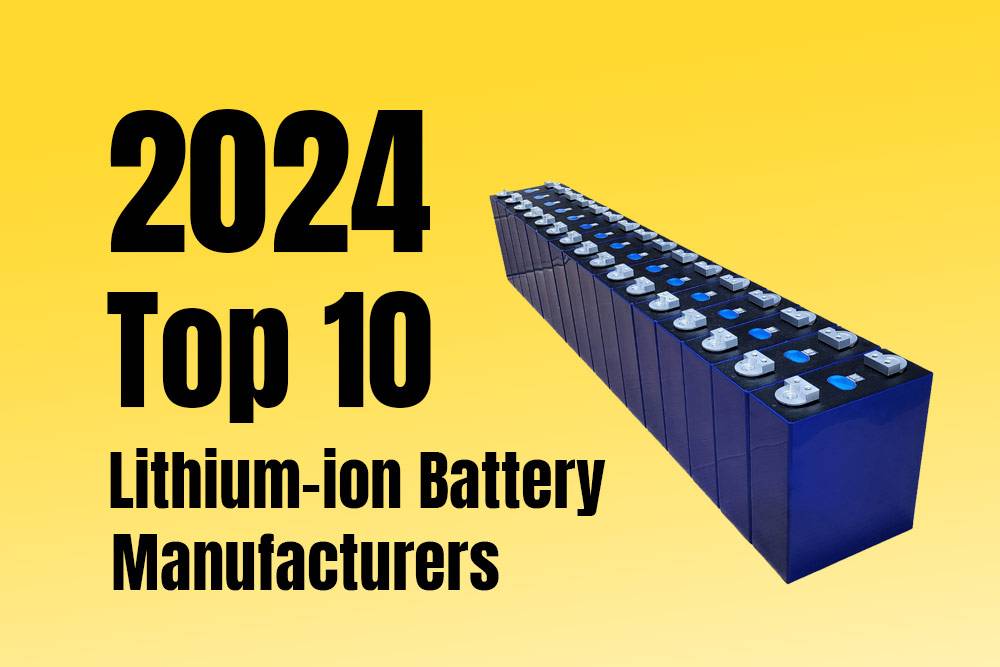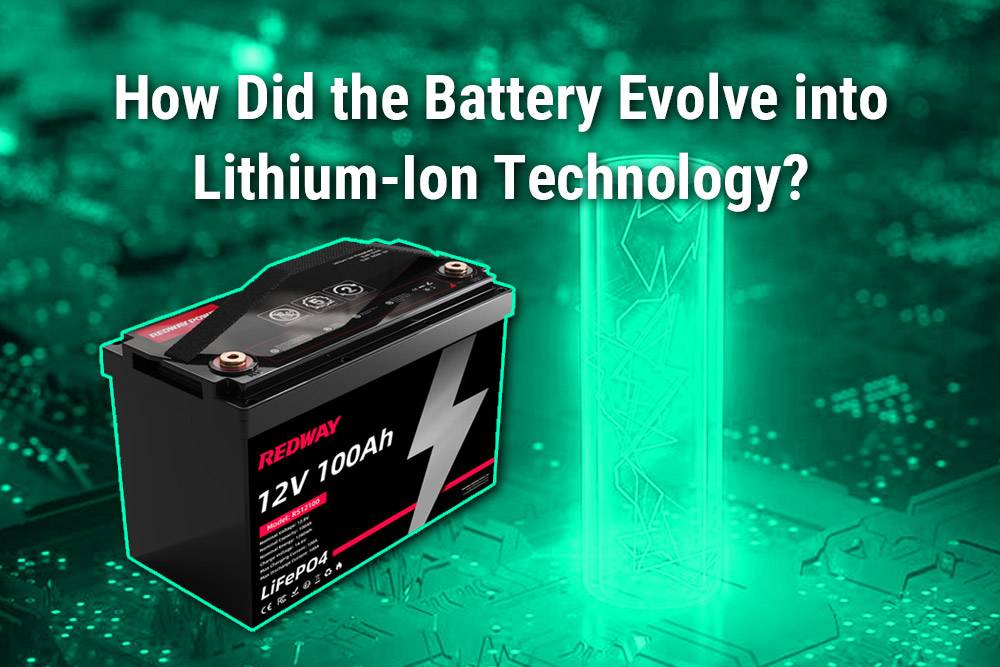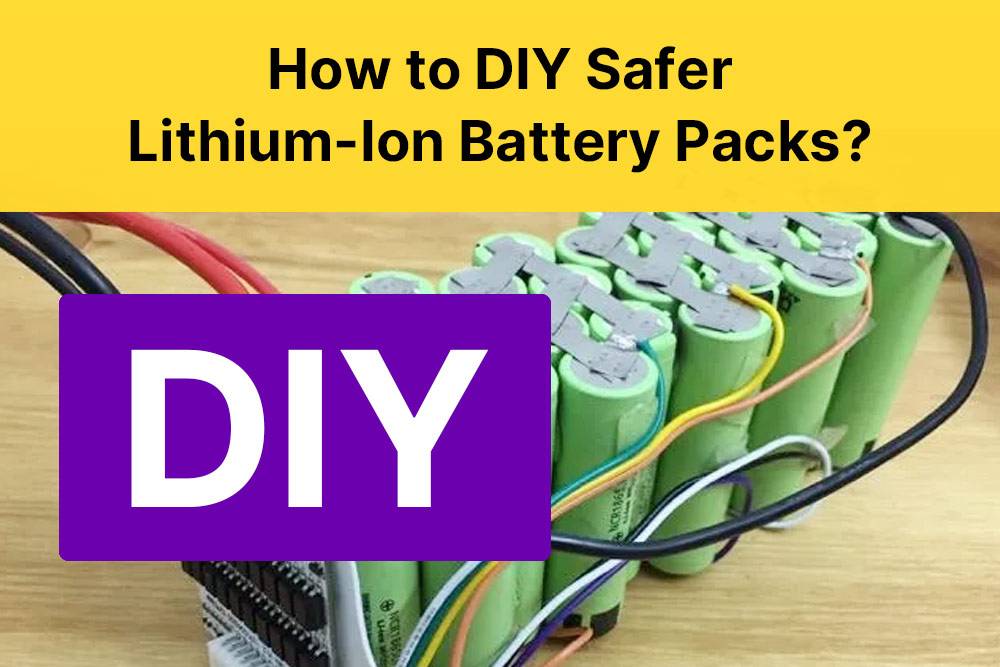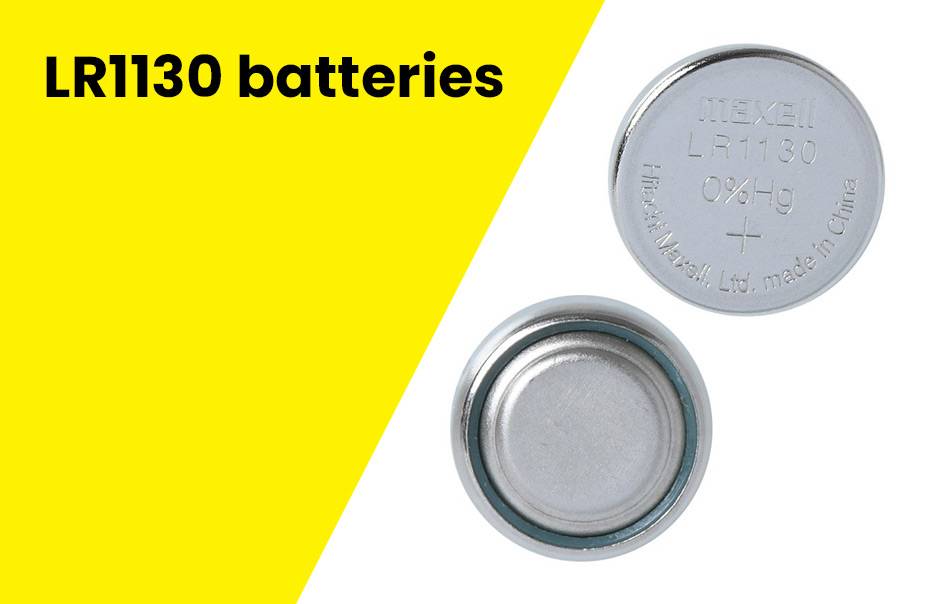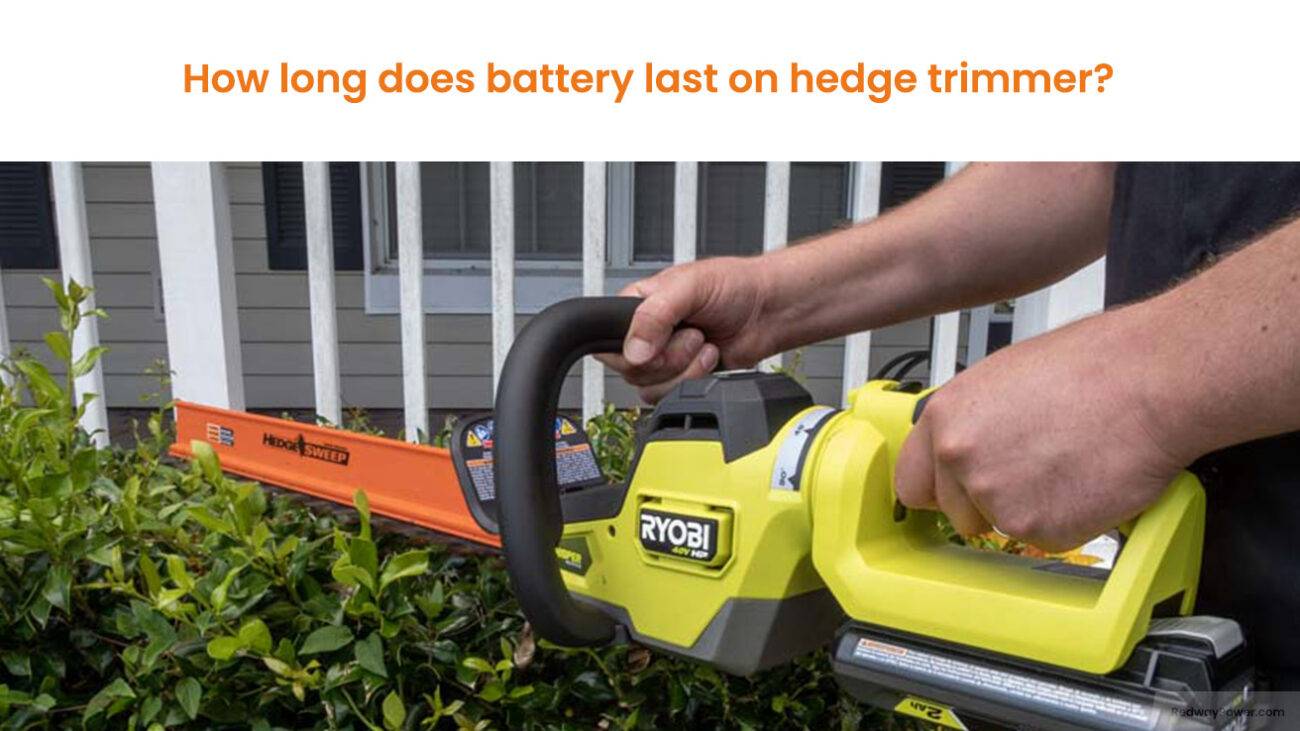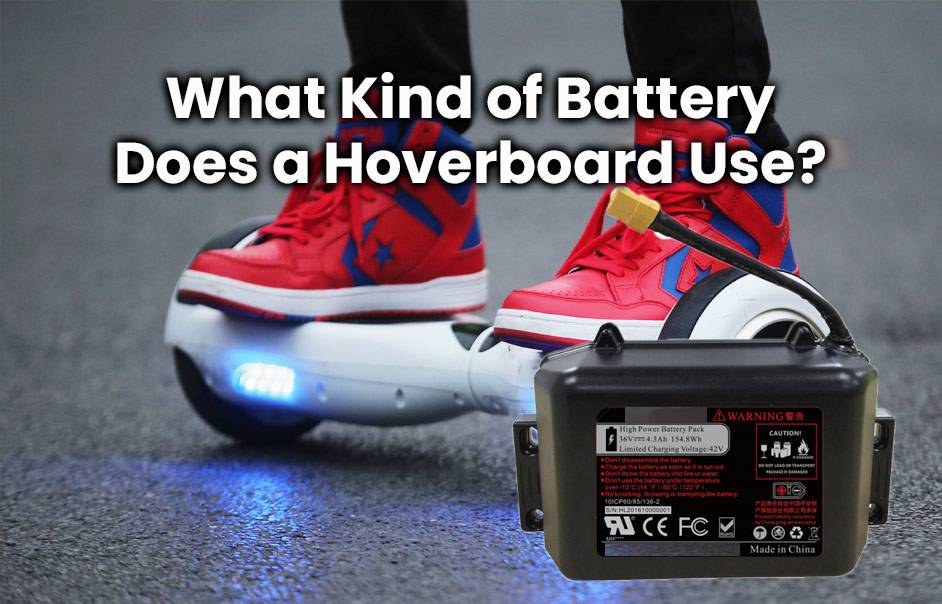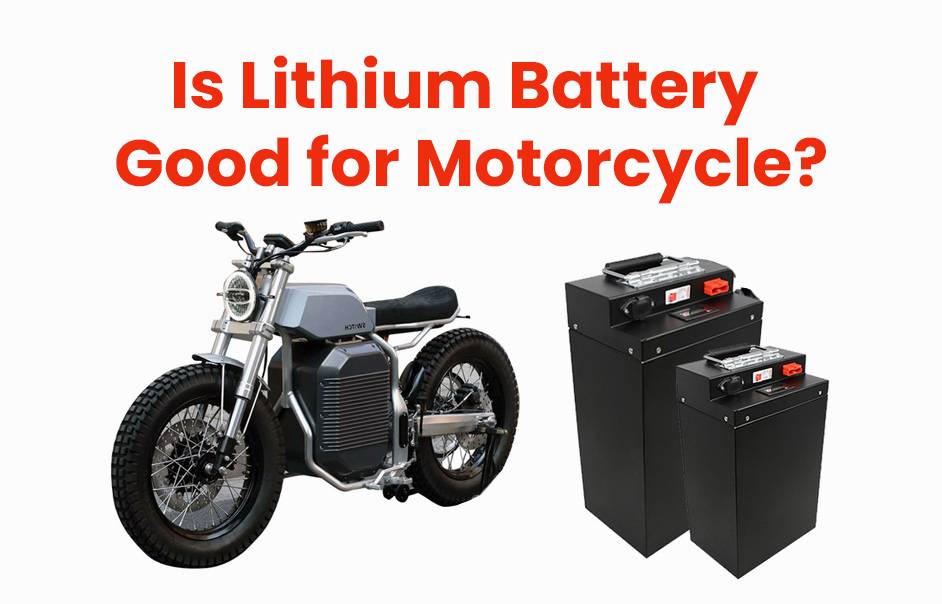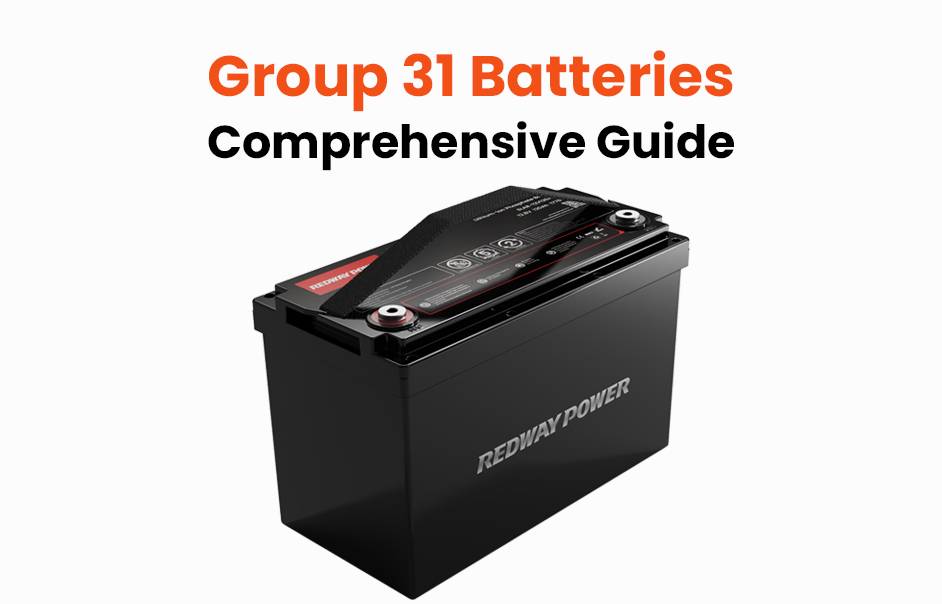Welcome to the realm of lithium polymer (LiPo) and lithium-ion (Li-Ion) batteries, the dynamic duo powering our electronic devices. This blog post unveils the intricacies of LiPo vs Li-Ion batteries, dissecting their composition, energy density, safety features, application performance, cost factors, environmental impact, and more. By the conclusion, you’ll be well-equipped to choose the perfect battery for your needs. Let’s delve into the nuanced world of LiPo and Li-Ion batteries!
Composition and Construction of LiPo and Li-Ion batteries
LiPo and Li-Ion batteries, both rechargeable lithium options, differ in compositions and constructions. LiPo features polymer electrolytes in flexible pouches, allowing customizable shapes. Li-Ion, with cylindrical or prismatic cells, uses a solid electrolyte separator.
LiPo’s gel-like electrolytes make them versatile for compact devices, while Li-Ion often relies on liquid electrolytes. Understanding these differences helps appreciate their applications. Stay tuned for more insights on comparing LiPo and Li-Ion batteries!
Energy Density and Capacity Comparison
Understanding the differences between lithium polymer (LiPo) and lithium-ion (Li-Ion) batteries involves comparing their energy density and capacity.
- LiPo Advantages: LiPo batteries excel with higher energy density, allowing them to store more energy in a compact and lightweight form. This makes them ideal for smaller devices like smartphones.
- Li-Ion Strengths: Li-Ion batteries, while having slightly lower energy density, compensate with higher capacity. This makes them suitable for larger applications such as electric vehicles and power tools, providing extended runtimes.
The choice between LiPo and Li-Ion depends on specific application needs, considering factors like safety and cost.
Safety Considerations for LiPo and Li-Ion batteries
Choosing the right battery involves prioritizing safety, especially with Lithium Polymer (LiPo) and Lithium Ion (Li-Ion) batteries. Each has its safety considerations crucial for responsible use.
- LiPo Safety: LiPo batteries, common in smartphones, boast high energy density but require careful handling. Prone to swelling or fire, proper storage, and dedicated charging with a LiPo-specific charger are essential for safety.
- Li-Ion Safety: Li-Ion batteries, found in laptops and electric vehicles, offer better stability but demand caution. While generally safer, overcharging or extreme temperatures can lead to thermal issues. Following manufacturer guidelines, avoiding overcharging, and using genuine chargers are crucial.
Prioritize safety by adhering to guidelines, avoiding modifications, and choosing the right battery for your specific needs. Whether LiPo or Li-Ion, responsible handling ensures optimal performance without compromising safety.
Performance in Different Applications
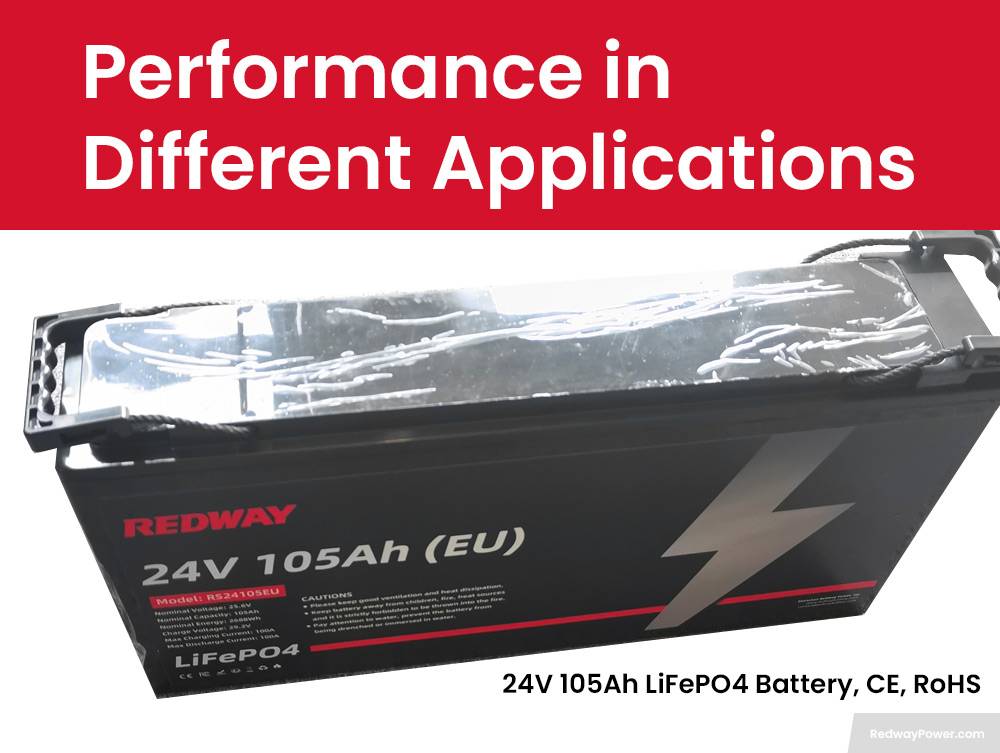
Comparing lithium polymer (LiPo) and lithium-ion (Li-Ion) batteries involves assessing their performance in specific applications. Each type has unique characteristics that cater to different needs, influencing factors like power output, size, weight, and temperature sensitivity.
- Power Output:
- Li-Ion: Higher discharge rate suits power tools and electric vehicles requiring quick bursts of energy.
- LiPo: Excels in applications like drones, offering sustained power over extended periods.
- Weight and Size:
- LiPo: Lightweight and flexible design ideal for slim devices such as smartphones.
- Li-Ion: Bulkier and heavier but provides greater capacity, suitable for larger devices like laptops.
- Temperature Sensitivity:
- Li-Ion: More stable at extreme temperatures, making them a safer choice for environments like electric cars.
Advancements in both battery types continually improve performance. Choosing between LiPo and Li-Ion hinges on specific needs, whether emphasizing power output, portability, or stability in varying temperatures. Understanding these nuances aids in selecting the optimal battery for desired applications.
Cost Comparison between LiPo and Li-Ion batteries
- LiPo vs. Li-Ion Cost:
- LiPo: Generally more expensive due to additional manufacturing steps like lamination and protective packaging.
- Li-Ion: Tends to be more affordable as the manufacturing process is comparatively simpler.
- Capacity Impact:
- Higher capacity batteries, regardless of type, are generally more expensive.
- Affordability Trends:
- Advancements in technology have led to increased affordability for both LiPo and Li-Ion batteries over time.
Considerations: While LiPo batteries may have a higher upfront cost, the overall pricing varies based on factors like capacity, brand, and supplier. When deciding between LiPo and Li-Ion, cost should be considered alongside other crucial factors such as energy density, safety, and application performance.
Conclusion: The cost difference between LiPo and Li-Ion batteries is influenced by various factors, and there isn’t a definitive answer on which is cheaper overall. It’s essential to weigh cost considerations against other important aspects to make an informed decision based on your specific needs and priorities.
Environmental Impact of both battery types
- LiPo Environmental Impact:
- Advantages: Environmentally friendly.
- Reason: Solid polymer electrolyte reduces leakage or spillage, lowering the risk of harmful chemical release into the environment.
- Li-Ion Environmental Impact:
- Advantages: Environmentally friendly.
- Recycling Importance:
- Both Types: Require careful handling and recycling to minimize environmental impact.
- Recycling Facilities: Proper facilities ensure recovery of valuable metals and safe management of hazardous waste.
Considerations: While LiPo batteries have an advantage in design, both types need proper disposal methods for environmental sustainability.
When choosing between LiPo and Li-Ion, considering environmental consequences is crucial. Proper recycling is essential for both to minimize their impact on the environment and human health.
Which Battery is Right for You?
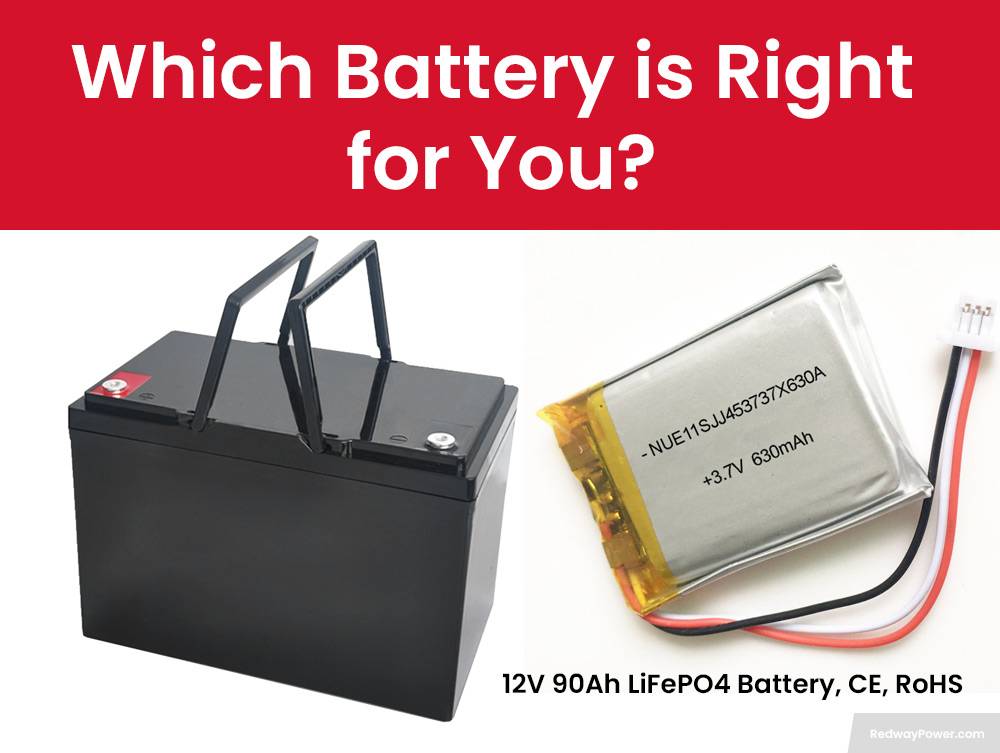
When faced with the decision between lithium polymer (LiPo) and lithium-ion (Li-Ion) batteries, it’s crucial to weigh various factors. From energy density and safety features to performance, cost, and environmental impact, each type comes with distinct advantages and considerations.
- Energy Density and Capacity:
- Li-Ion Advantage: Higher energy density and capacity.
- Suitability: Ideal for devices requiring long-lasting power in a compact size.
- Safety Considerations:
- LiPo Strength: Superior safety features with built-in protection circuits.
- Priority: LiPo may be a better option if safety is a top concern.
- Performance Requirements:
- LiPo Preference: Preferred for applications needing quick, high bursts of power due to low internal resistance.
- Cost Considerations:
- Affordability: Li-Ion batteries generally more affordable due to longer market presence and larger production scale.
- Environmental Impact:
- Recyclability: Both can be recycled properly.
- Note: Li-Ion batteries typically have a lower environmental impact due to simpler construction.
In Conclusion: Choosing between LiPo and Li-Ion involves considering energy density, safety, performance, cost, and environmental impact. Analyzing these aspects carefully ensures an informed decision. Consultation with experts is recommended for the most suitable choice based on specific needs.
Conclusion
In the realm of energy storage, Lithium Polymer (LiPo) and Lithium Ion (Li-Ion) batteries emerge as prominent contenders, each with distinct advantages. LiPo excels in energy density and lightweight design, catering to high-performance applications like RC vehicles. Meanwhile, Li-Ion offers longevity, enhanced safety, and cost-effectiveness, making it a staple in consumer electronics. The choice hinges on individual needs—compactness and power for LiPo or reliability and budget considerations for Li-Ion. Unveil the nuances to make an informed decision tailored to your requirements!
FAQs
Is Lithium polymer better than lithium-ion?
Lithium polymer (LiPo) batteries offer advantages over traditional lithium-ion (Li-ion) batteries in terms of flexibility in shape and size, making them suitable for various form factors. They also tend to have a higher energy density, providing more power in a smaller and lighter package. However, the choice between LiPo and Li-ion depends on specific application requirements and safety considerations.
Is it OK to leave a lithium polymer battery on the charger?
Leaving a lithium polymer battery on the charger for extended periods can potentially overcharge the battery, leading to overheating, swelling, or even a risk of fire. It’s generally advisable to remove the battery from the charger once it’s fully charged to prevent overcharging and prolong the battery’s lifespan.
What is the life of a lithium polymer battery?
The lifespan of a lithium polymer battery can vary depending on factors such as usage patterns, charging practices, and environmental conditions. On average, well-maintained LiPo batteries can last several hundred charge-discharge cycles before experiencing noticeable degradation in performance.
What is the voltage of Li ion vs LiPo?
The nominal voltage of lithium-ion (Li-ion) batteries typically ranges from 3.6 to 3.7 volts per cell, while lithium polymer (LiPo) batteries have a slightly higher nominal voltage, typically around 3.7 to 3.8 volts per cell. However, both types of batteries can have different voltage ratings depending on their specific chemistry and configuration.
What are the disadvantages of lithium-polymer batteries?
Some disadvantages of lithium polymer (LiPo) batteries include:
- Sensitivity to overcharging, which can lead to swelling or even a risk of fire.
- Potential for puncture or damage due to their soft and flexible packaging.
- Higher manufacturing costs compared to traditional lithium-ion batteries.
- Susceptibility to physical damage or abuse, which can compromise safety and performance.
What precaution is needed while charging a lithium polymer battery?
When charging a lithium polymer battery, it’s essential to follow these precautions:
- Use a charger specifically designed for LiPo batteries.
- Never leave the battery unattended while charging.
- Avoid overcharging or charging at a higher voltage than recommended.
- Charge the battery in a fireproof location and away from flammable materials.
- Monitor the battery for signs of overheating, swelling, or unusual behavior during charging.
Is lithium polymer allowed on airplanes?
Lithium polymer (LiPo) batteries are generally allowed on airplanes, but there are specific regulations and restrictions regarding their transportation. Passengers may typically carry LiPo batteries in their carry-on luggage, but they are usually prohibited from being checked in as cargo due to safety concerns related to fire hazards.
Are LiPo batteries safer than lithium-ion?
Both lithium polymer (LiPo) and lithium-ion (Li-ion) batteries have similar safety considerations, but LiPo batteries may be more prone to certain risks such as swelling or fire if mishandled or damaged. Proper handling, charging, and storage practices are essential for both types of batteries to minimize the risk of accidents.
Can you charge a LiPo at a higher voltage?
Charging a lithium polymer (LiPo) battery at a higher voltage than recommended can be dangerous and may lead to overheating, swelling, or even a risk of fire. It’s crucial to use a charger specifically designed for LiPo batteries and to follow the manufacturer’s guidelines for proper charging voltage and current.

